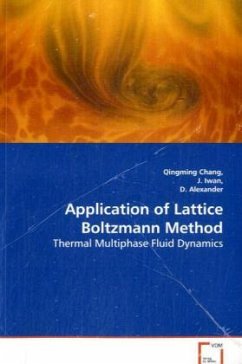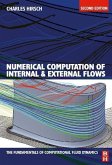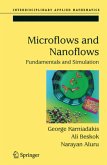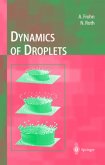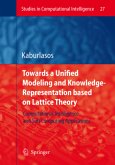This book begins by introducing the reader to Lattice Boltzmann Method (LBM), covering the fundamental principles of the method, while also outlining the potential problems involved. It provides a detailed description to build the thermal multiphase LBM (TMLBM) which includes the effects of interfacial tension and its dependence on temperature by a hybrid scheme. It also describes how a nearest-neighbor molecular interaction force is introduced into LB equation to model the adhesive forces between the fluid and solid surface. Some example simulations, e.g., two-phase Rayleigh-Benard convection, vibration-induced thermal convection in a two-layer fluid system, micron-scale fluid droplet on a heterogeneous surface, are included. The method has a remarkable ability to simulate a rich of behaviors, including single- and multiphase with or without thermal problem, phase separation, buoyancy, and the interactions with solid surfaces. This book may be used as a reference for science andengineers, and a textbook for graduates in engineering sciences such as materials, mechanical, biomedical engineering.
Bitte wählen Sie Ihr Anliegen aus.
Rechnungen
Retourenschein anfordern
Bestellstatus
Storno

